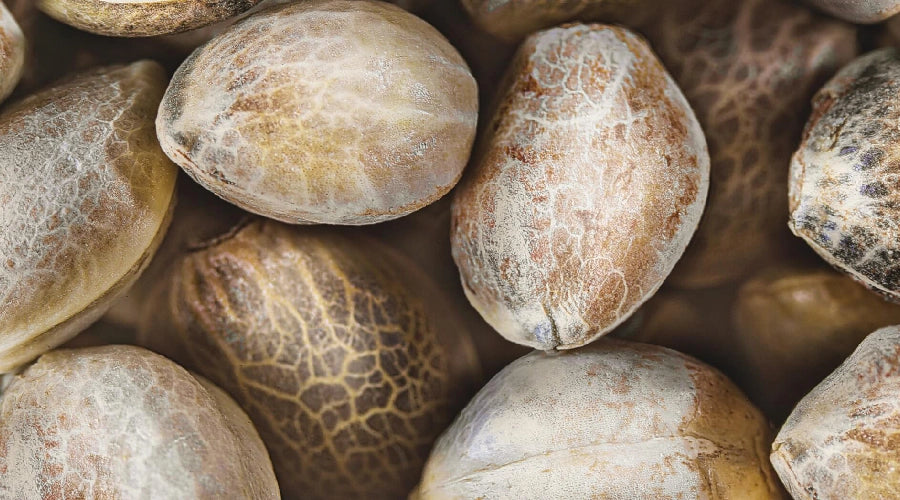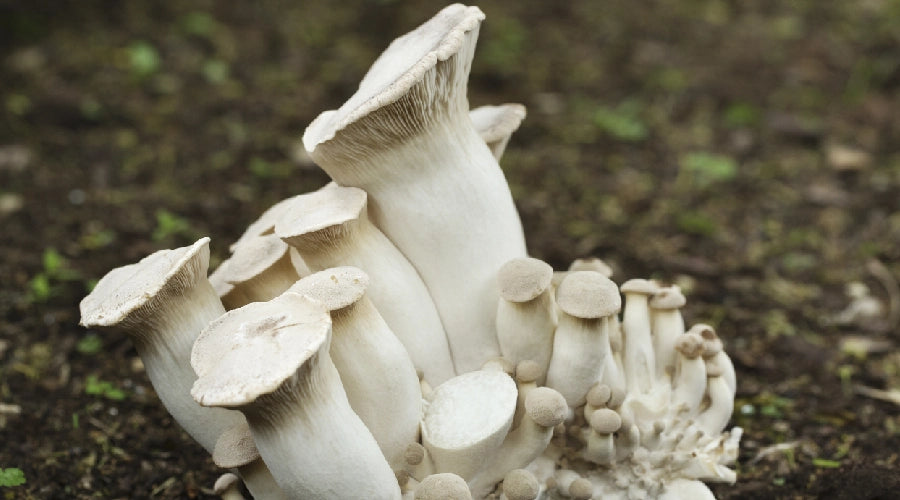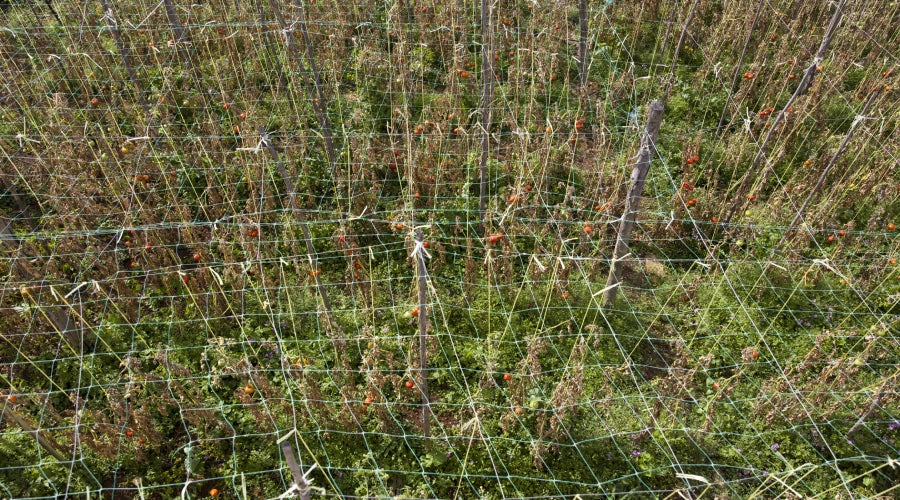
What is Seed Feminization?
Seed feminization is a process that involves altering the genetic makeup of a plant species in order to produce female-only offspring. This is important in the cultivation of certain crops, as female plants are typically the ones that produce the desired fruit or flower.
The process of seed feminization has been used for centuries, with traditional methods relying on the manipulation of environmental conditions such as light and temperature. However, with advances in modern genetics, plant breeders are now able to manipulate the plant's DNA in order to produce the desired traits. This can be done through techniques such as chemical treatment, genetic engineering, or crossbreeding with other species.

Benefits of Seed Feminization
One of the main advantages of seed feminization is that it allows for greater efficiency in crop production. By having only female plants, farmers can avoid the need to identify and remove male plants which do not produce the desired yield. Additionally, feminized seeds are often more consistent in their growth and development, leading to a higher yield of uniform and high-quality crops.
Another benefit of seed feminization is that it can help to reduce the spread of unwanted traits in crops. For example, if a male plant carries a genetic trait that is harmful to the crop, this trait will not be passed on to the offspring if all of the plants are female. This can lead to improved crop health and reduced costs associated with controlling pests and diseases.
Additionally, seed feminization also has implications for seed production and distribution. By producing feminized seeds, seed companies can ensure that farmers receive only female plants, reducing the need for them to identify and remove male plants themselves. This can lead to a more streamlined and efficient seed production process and also ensure that farmers receive consistent and high-quality crops.
Some Potential Drawbacks to Seed Feminization
One of the main concerns is the potential for the spread of genetically modified organisms (GMOs) into the environment. If a genetically modified plant were to escape from a farm and establish itself in the wild, it could have negative impacts on native species and ecosystems. Additionally, some people have ethical concerns about the manipulation of plant genetics and the use of GMOs.
Another aspect to consider is the potential impact of seed feminization on plant diversity. While the process can improve efficiency and consistency in crop production, it also involves limiting the genetic diversity of the crop. This can make the crop more vulnerable to diseases and pests, as there are fewer genetic variations to provide resistance.
To address these concerns, seed companies and plant breeders must work together to develop seed feminization techniques that minimize the impact on genetic diversity and the environment. This may involve using more natural methods, such as selective breeding, rather than genetic engineering.
Additionally, seed companies and farmers must take responsibility for ensuring that feminized seeds are used in a way that does not harm the environment or negatively impact local ecosystems.
Furthermore, the use of seed feminization has also led to debates about the sustainability of agriculture. While the process can increase crop yields and improve efficiency, some argue that it may contribute to a monoculture approach to agriculture. This can lead to a reduction in biodiversity and an increased reliance on a single crop, making the agricultural system more vulnerable to disease and pests.
In order to address these concerns, it is important to promote agroforestry and other forms of sustainable agriculture that incorporate a diverse range of crops. This can help to mitigate the negative impacts of seed feminization and promote a more resilient and sustainable agricultural system.
It is also important to consider the ethical implications of seed feminization. Some people argue that manipulating the genetics of plants is unnatural and goes against the principles of conservation biology. Others see it as a necessary tool for improving crop efficiency and feeding a growing global population.
Ultimately, the use of seed feminization must be guided by careful consideration of its potential impacts and a commitment to ethical and sustainable agriculture practices. This may involve a combination of traditional techniques and modern genetic engineering, with a focus on minimizing harm to the environment and promoting a more sustainable and resilient agricultural system.
In conclusion, seed feminization is a complex and controversial issue that requires a nuanced approach. By considering its potential benefits and drawbacks and implementing responsible and sustainable practices, seed feminization can play a valuable role in improving crop efficiency and contributing to a more sustainable agricultural system.


